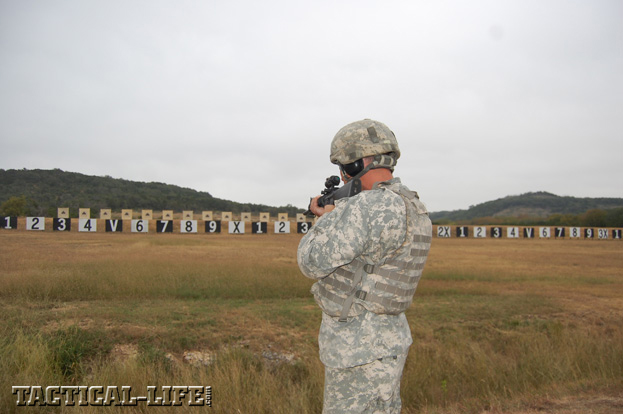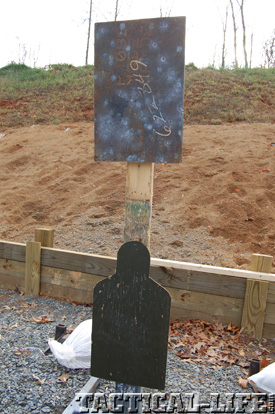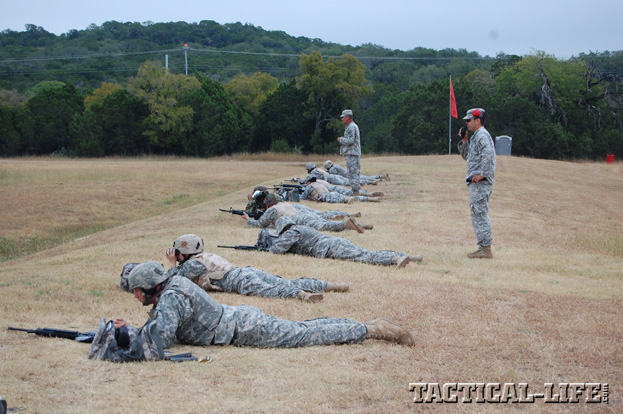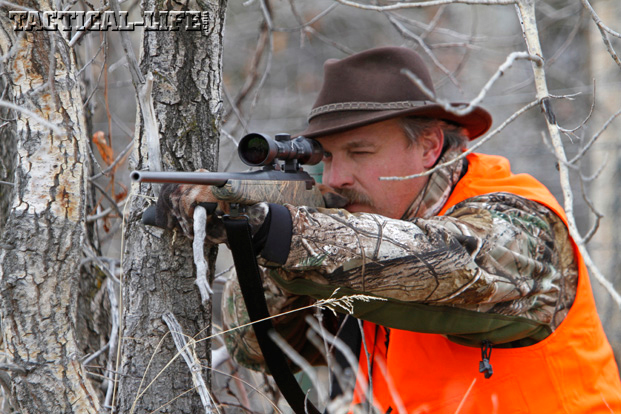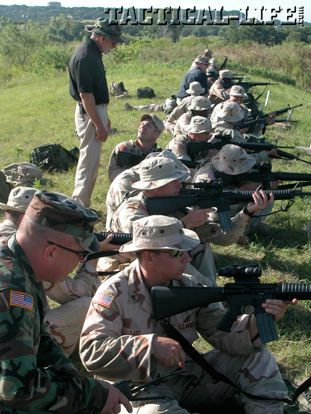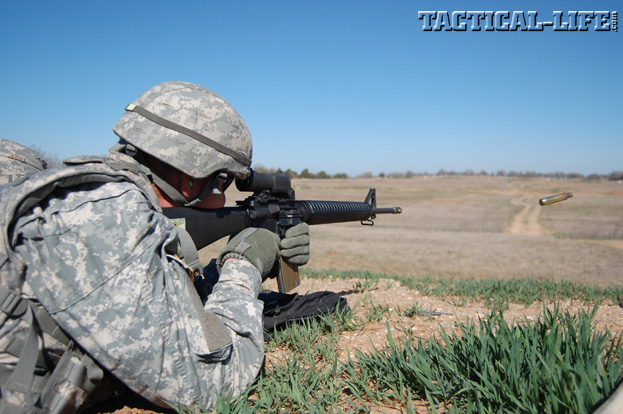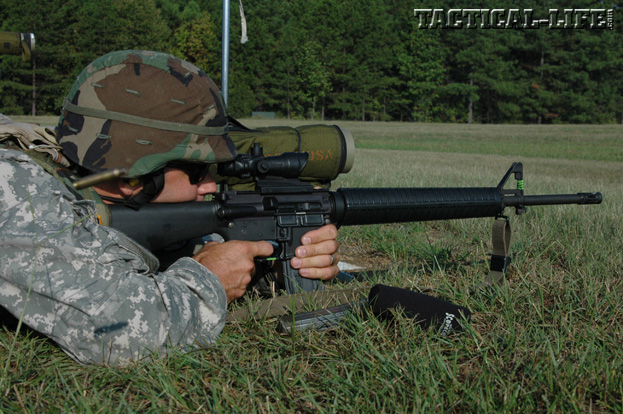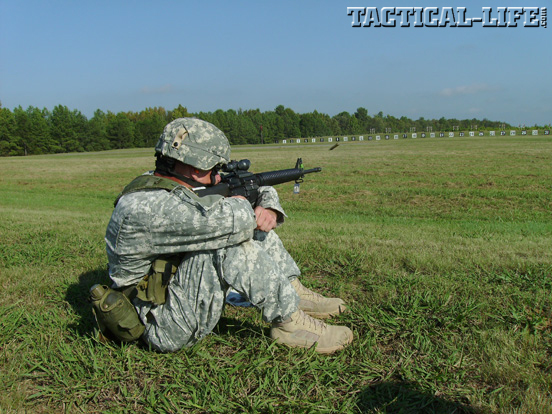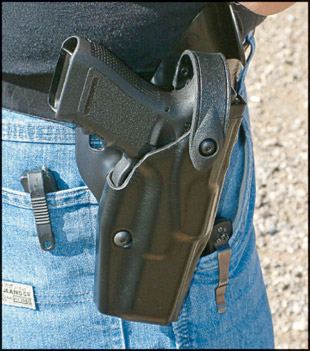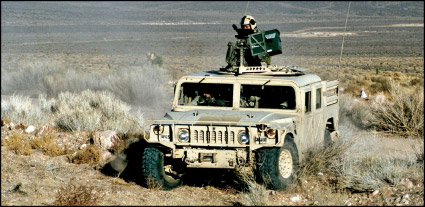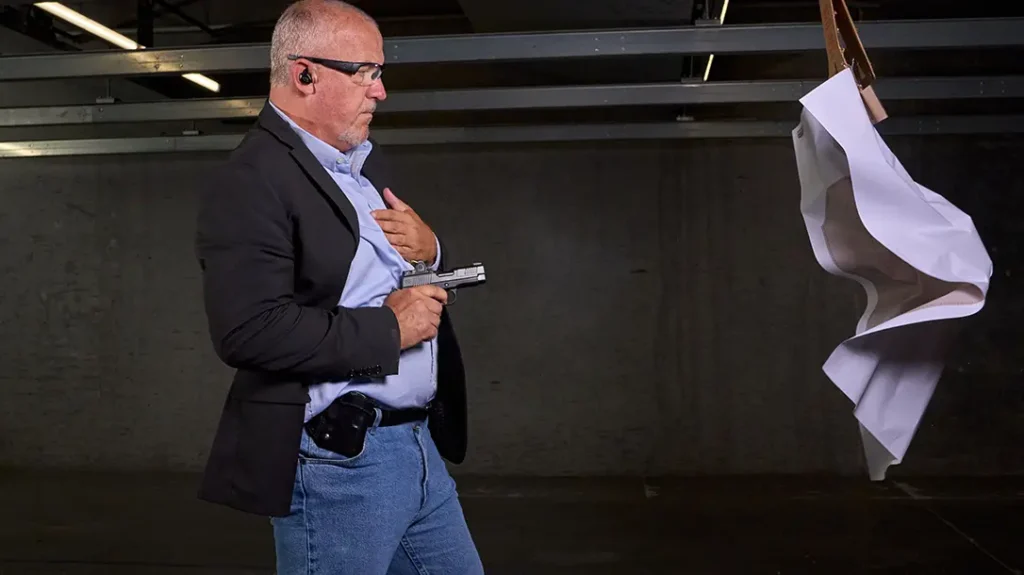Theories of rifle marksmanship are as old as the concept of groove-cut bores. Schützenfests began in the Old Swiss Confederacy, with participants competing with crossbows before the advent of firearms, and the marksman’s organization Schweizer Schiesssportverband has been arranging events in Switzerland since 1824. Despite this early interest, rifle marksmanship was not commonly taught to most troops, and the manual of arms was often limited to orderly loading technique and fixing bayonets. Rather than training recruits to shoot, riflemen were selected if they could first demonstrate an already-developed proficiency, such as those regiments organized by Colonel Hiram Berdan during the Civil War. Units maneuvered en masse and fired volleys as they approached enemy formations before the inevitable charge. In a way, this was the same basic tactical principle of a phalanx that had stood for millennia before, with muskets replacing spears.
Riflecraft would not begin to blossom until the mid-19th century when the Industrial Revolution made the rifle a practical, common-issue item. In a span of years, common long guns went from volley fire-capable bayonet platforms to tactical tools effective on point targets at a quarter mile and beyond. Schools of Musketry (yes, the name is a misnomer) were formed to exploit this, as were civilian organizations, in an attempt to teach the skills of precision marksmanship. Various programs were instituted to acknowledge and reward the best shooters. Prior to the Korean War, the U.S. military would often provide extra pay to those who excelled at shooting, and qualifications to retest were held every few months. Beyond basic qualification, organized events were supported to encourage further development. The first Distinguished Rifleman Badge was awarded in 1887, and shooting events from post and station teams all the way up to the National level were offered.
Twentieth Century
Advertisement — Continue Reading Below
This competitive heritage has proven to be the best route to top proficiency. Herbert McBride openly acknowledged his experience in competitive shooting, as did his contemporary, Medal of Honor recipient Sam Woodfill. Their exploits during The Great War are the stuff of legend. During Vietnam, a group of Marines were tasked with training precision marksmanship in country, but no official course of instruction existed.
In an interview for the History Channel program Sniper: One Shot, One Kill, Jim Land discussed a number of challenges he faced and how his instructors were left to their own resources in acquiring equipment and personnel. Land knew what resources mattered most: “I had no guns, no instructors—I never had an office. But the one thing I did have was that I knew the location of just about every Distinguished Marksmen in Vietnam.” One such marksman was fellow competition shooter and Wimbledon Cup winner, Carlos Hathcock.
Despite this heritage and proven success, emphasis on marksmanship dwindled. Within the Army, the death knell to effective riflery was the near complete elimination of shooting on known-distance (KD) ranges and the exclusive use of Remote Engagement Target System (RETS) “pop-up” ranges for qualification. While the Trainfire doctrine has merit, in practice it nearly eliminates any feedback of shooting skills because a shooter never can tell exactly where bullets are going, much less why. Soldiers with a full 20-year career rarely progress their marksmanship skills beyond the initial, elementary levels taught in boot camp. Unless a soldier takes up competitive shooting on his own, it is rare that an NCO or officer can demonstrate true proficiency with small arms.
The Industrial Revolution created a tool that would eventually smash doctrine that had stood for thousands of years, but the march of progress would not stop there. In less than one century the tool of power went from rifled, shoulder-fired arms all the way to rocket-launched atomic weapons. Almost as soon as it appeared, the rifle was made apparently obsolete. What major military could be bothered with individual rifles when bomber and missile-delivered nuclear weaponry was available? Where troops had previously placed an emphasis on individual marksmanship, qualification programs of the Cold War largely degenerated into minimalist affairs.
Advertisement — Continue Reading Below
This thinking was a mistake and a painful one. Exchanges of nuclear munitions between super powers have never happened. If anything, individual small arms have become more important in these early phases of the 21st century. Not only have we remained within the confines of conventional war, but even staples of 20th century militaries, such as armor and indirect artillery, are considered too heavy-handed. Our forces may command the most potent examples yet devised, such as the Abrams and Paladin, but they won’t help win the hearts and minds of a populace where the vast majority of inhabitants are non-combatants. Someone has to go in on foot and root out individual enemies, and the only reasonable tool immediately available is what can be carried by hand.
Poor Man’s Sniper
According to the Army’s FM 3-22.9, “The primary mission of the Squad Designated Marksman is to deploy as a member of the rifle squad…He fires and maneuvers with his squad and performs all the duties of the standard rifleman. The secondary mission of the Designated Marksman is to engage key targets from 300 to 500 meters with effective, well-aimed fire using the standard weapon system and standard ammunition…The Designated Marksman program will provide the squad with a designated marksman that has been trained to engage targets from 300 to 500 meters [operating as a rifleman] but will have the added responsibility of engaging targets with effective, well-aimed fires out to 500 meters.”
Advertisement — Continue Reading Below
There is nothing “poor” about this skill set. In fact, experience has shown that shooting skills of enthusiastic graduates from good SDM courses exceed those of traditionally trained snipers. A sniper is as much an intelligence-gathering asset as a shooter. Shots taken are methodical and planned, possibly passed up if a high probability of success doesn’t exist. The Designated Marksman has to react to ever-evolving situations as they affect the team. Maneuvering as a member of a rifle squad, or possibly watching over them, the SDM may be tasked to engage more distant targets when a weapon other than a rifle would be too heavy-handed or imprecise. Why riddle a window in a distant building with machine gun fire to take out an enemy hide when a few well-placed bullets from the rifle in your hands will do the job? In the hands of a trained marksman, standard-issue rifles become precise-guided munitions costing dimes per shot.
SDM Training
The core of SDM training mirrors any conventional shooting course, establishing the basics of position rifle shooting in a field environment. A critical component is offering near-perfect feedback so the shooter can see the exact placement of every shot fired. A KD range allows marking the location of groups and individually fired rounds at full distance and environmental constraints along with the opportunity to record the results for later study. Zero settings and marksmanship error is readily observable and more easily diagnosed. Contrast this to the current Army norm of shooting on pop-up targets where this lack of critical feedback is simply not available and hinders the soldier from improving skills. Numerous mobilization platforms have recruited civilian Service Rifle competitors participating in Civilian Marksmanship Program events as instructors because too few military personnel had the needed expertise. A background in competitive Across-The-Course shooting is beneficial to anyone wanting to use a rifle better and is directly applicable to the Designated Marksman.
Advertisement — Continue Reading Below
This is not an equipment problem, as any basic, quality, modern rifle will do. It is a training problem—understanding the realities of longer-range shooting and learning how to get the most out of what is at hand. Purpose-built SDM rifles have been created and optical sights can offer some advantages, but a trained and practiced rifleman with an issued M16A2 and ball ammo is deadlier than a mere “qualified” soldier carrying a DM rifle with an ACOG. As the field manual points out, standard rifles and ammunition is called for.
Back To Basics
The first step is to relearn (or learn for the first time) the basics of effective position shooting. A poor hold, inconsistent position, lackluster trigger control and flinching are all common maladies found in most military trained shooters, to say nothing of the general gun-owning public. Yep, the boring ol’ basics. No benches, sticks or rests of any kind. Just learn to hold the rifle and get bullets to hit the same place. A big problem in shooting is that everyone seems to “know how,” but few can actually execute when tested. A commonly repeated line in competitive shooting circles is that a novice-level shooter is one that understands the fundamentals of marksmanship and a master-level shooter is one that can actually apply them.
Advertisement — Continue Reading Below
Group shooting on bullseye-type targets interspersed with dry-fire and ball and dummy ammo is the initial order of the day. This target can be anything that provides an easily referenced aiming point while maintaining appropriate sight focus during shooting and offering feedback shortly thereafter. In some classes, we’ve modified silhouette targets with a defined center point, for example. You don’t necessarily need a full distance range at this stage. For some students, we’ve done all this initial work on a 25-meter range with scaled targets. Shooting at less than 100 yards or so allows the use of a spotting scope to track impacts without needing someone to pull targets in the pits. The point is to learn and review fundamental marksmanship skills because everyone, no matter how good, will benefit from a refresher.
Initial zeroing and ranging exercises can be conducted at short range, too. Trijicon, for example, uses scaled targets for 25- and 300-meter shooting. At 25 meters, paper targets with appropriately sized silhouettes and offsets simulate shots all the way to 800 meters. If the shooter has a good zero, and uses the reticle appropriate for the simulated distance, the shots will go into the indicated offset point. The same idea is used at 300 meters, but steel gongs for impacts are offset from the cardboard aim point.
The next order of business is theory, with discussions of ballistics, sight adjustments, zeroing, angular deviation (minutes of angle), environment and wind, along with a realistic assessment of rifle capability. This is the book part of Designated Marksman training, with shooters learning to record data. A trained SDM shouldn’t need more than a sticker with recorded zeros on his stock for field use, but keeping a data book on the range is a useful training tool. Recording data from previous engagements forces the shooter to pay attention to the feedback received and, hopefully, learn from it.
Advertisement — Continue Reading Below
Solid Foundation
The benefits of a KD range are lost on a flincher. Full-distance shooting with feedback exposes a shooter to most of the factors involved with field shooting, but adding more variables to a person with fundamental errors confuses things. Was that wide shot due to a marksmanship error, bad wind call, poor no-wind zero or something else? To a person incapable of consistently calling shots and recording data, the experience is often wasted. However, a marksman with good basic skills can finely hone zeros at full distance and better learn what effects the environment will play on his bullets.
Given a shooter with solid grounding in marksmanship and recorded data from a KD range, the sky’s the limit depending on what range and target availability allows. Many classes don’t have anything but a KD range available, so the pace is quickened by shooting from less stable positions, reduced time limits and rundown courses (shooting after sprinting to the firing point.) Unknown-distance ranges, especially with self-resetting steel targets, combine range estimation with the shooting challenges. Some facilities offer shoot towers so Designated Marskmen can learn to deal with slope angle as well.
Advertisement — Continue Reading Below
Anyone armed with a basic rifle can learn the skills of a Designated Marksman. Lacking formal training, every gun owner can work to improve basic fundamentals along with zeroing and group shooting from position. Combine this with knowledge of ballistics and environment factors and you’re well on your way to learning the skills of modern musketry and designating yourself as a true marksman.
